Quattro colossi Japanese under a single study: the hydrogen motorcycle. Here is the project that unites Honda, Kawasaki, Suzuki e Yamaha.
here we are, it’s theanno zero also for the moto a hydrogen? The answer comes from Japan, where the four manufacturers par excellence of two wheels join forces. Most importantly, they start researching how to get one on the road moto a hydrogen.
After Stellarthe interest to zero emissions it’s a new one business which also tempts the motorcycle market.
Let’s clarify joining forces means: a large budget to be allocated to research, designing a unique vehicle of its kind, going down in history with all the burdens and honours.
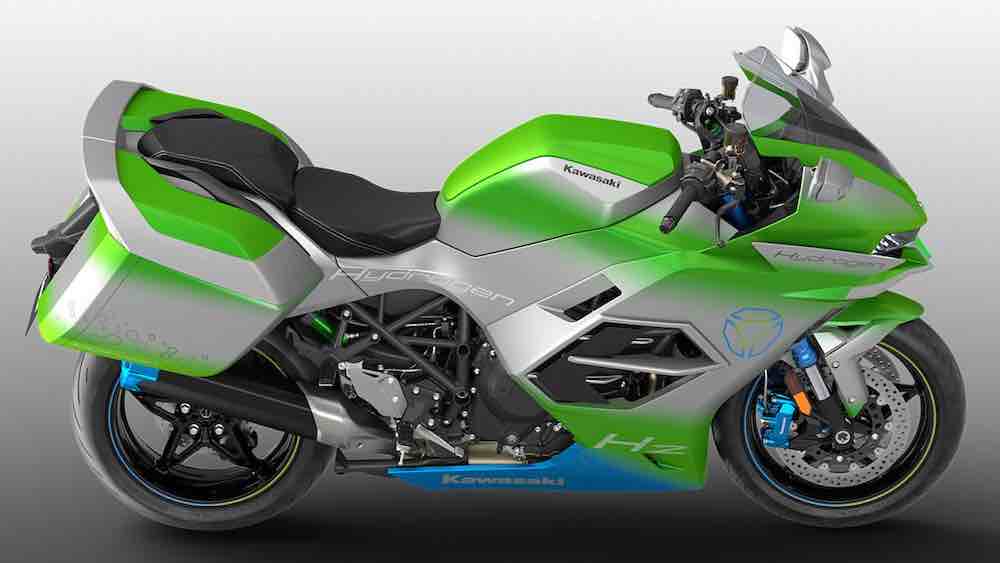 Hydrogen motorbikes: the project that unites Honda, Kawasaki, Suzuki and Yamaha, press office source
Hydrogen motorbikes: the project that unites Honda, Kawasaki, Suzuki and Yamaha, press office source
Hydrogen motorcycles, how the project that unites Honda, Kawasaki, Suzuki and Yamaha was born
As Honda, Kawasaki, Suzuki e Yamaha sign for the constitution ofHySE ‘Hydrogen Small Mobility and Engine Technology‘. All this also with the approval of the Ministry of Economyof the Trade and ofJapanese industry.
QONTO. The online business account that simplifies everyday banking.
Why build a hydrogen motorcycle?
Is there really a need to build one hydrogen motorcycle? L’electricTherefore, it is not enough? The goal of the project, as stated in a press release, is: “To conduct fundamental research, capitalizing on the wealth of expertise and technologies in the development of petrol enginesand aiming to collaborate on the joint mission of establishing a design standard for i hydrogen engines for the small mobility“.
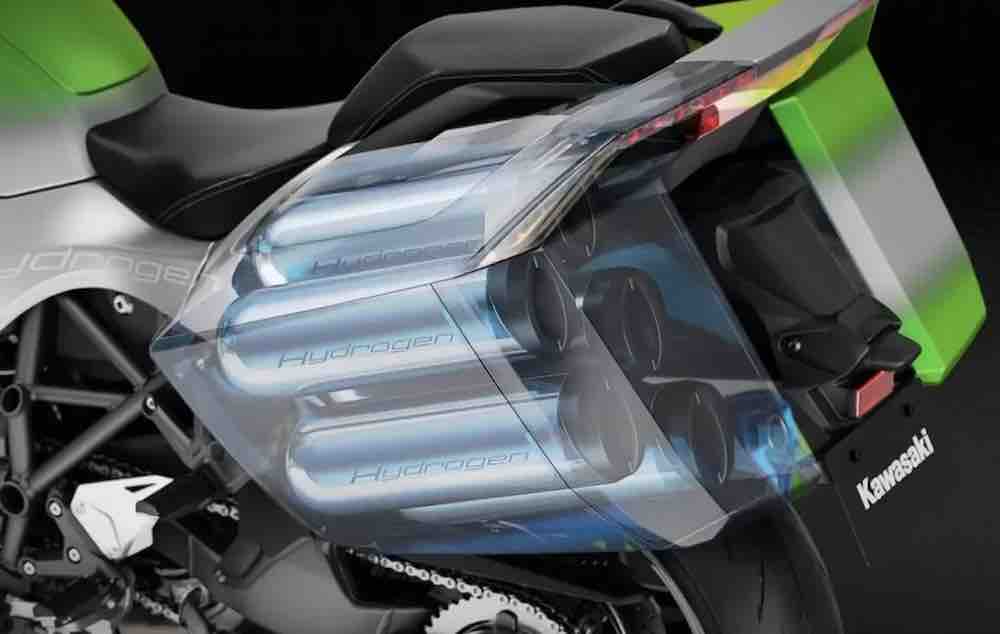 Hydrogen motorbikes: the project that unites Honda, Kawasaki, Suzuki and Yamaha, press office source
Hydrogen motorbikes: the project that unites Honda, Kawasaki, Suzuki and Yamaha, press office source
So the hydrogen motorcycle was not only born to break down the emissions Of CO2. But, as he states Kenji Komatsunominated president of HySE and manager of the Yamaha Motor technical research and development center. “Preserve the use of internal combustion engineswhich embody the longstanding efforts made by our predecessors.”
The press release continues: “The need to set up a company decarbonised. A multi-path strategy is needed to address various issues in the mobility sector, rather than focusing on just one source of energy.
In this context, research and development aimed at the commercialization of mobility with engines powered by hydrogenconsidered a next-generation energy source, is gaining momentum.”
here is thehydrogen enter the field to provide continuity and be that energy, which can be used when there is surplus for mobility and without going through its reconversion into electricity in order to recharge electric vehicles.
The challenge of hydrogen
The use of hydrogen poses numerous technical unknowns to the HySE consortium to solve. The hydrogen burned in an internal combustion engine generates a high flame speed and a broad firing region, often resulting in a unstable combustion.
Using it for motorcycles means that the size of the tank must be enlarged. So the HySE consortium must try to “establish a design standard for hydrogen engines for small mobility”.
Not only at the end of the research Toyota will have the task of making the most of the results to develop larger engines for four-wheel vehicles.
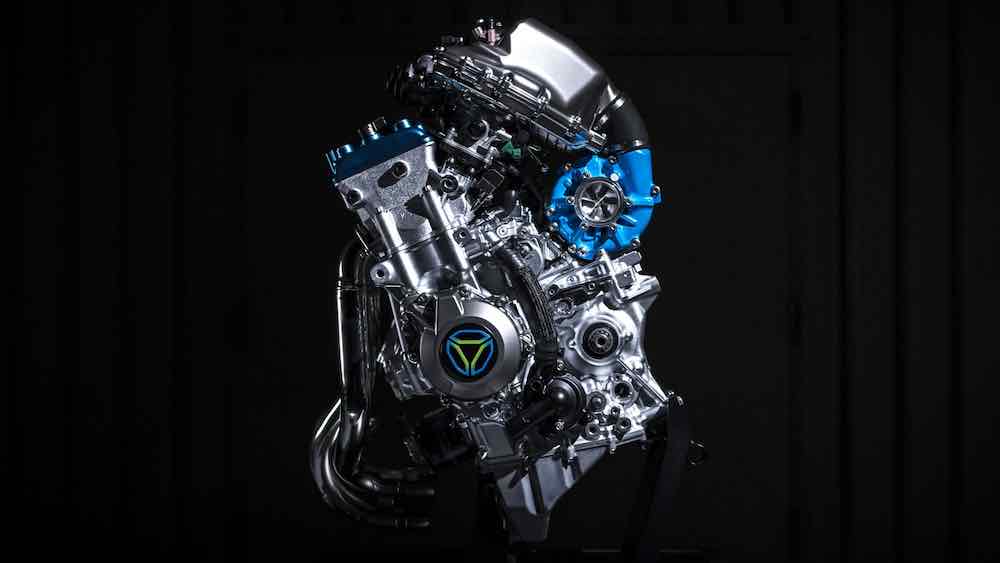 Hydrogen motorbikes: the project that unites Honda, Kawasaki, Suzuki and Yamaha, press office source
Hydrogen motorbikes: the project that unites Honda, Kawasaki, Suzuki and Yamaha, press office source
Who does what in the HySE consortium
Kenji Komatsu, manager of Yamaha’s research and development center will be the president of the HySE. He will coordinate the different research areas.
In particular, Honda will take care of real research on models of hydrogen-powered engines. Suzuki will work on performance and reliability of the thrusters. Yamaha and Kawasaki, on the other hand, will get their hands more dirty by building and testing prototypes.
L’HySE (Yamaha in particular) will also study refueling systems, focusing on tanks for small vehicles. Of course, the development of the fuel system will not be overlooked either fuel, in a nutshell everything between the tank and the engine. Kawasaki will take care of this.
Finally they are part of the consortium HySEas special members, too Kawasaki Heavy Industries e Toyota Motor Corporation.






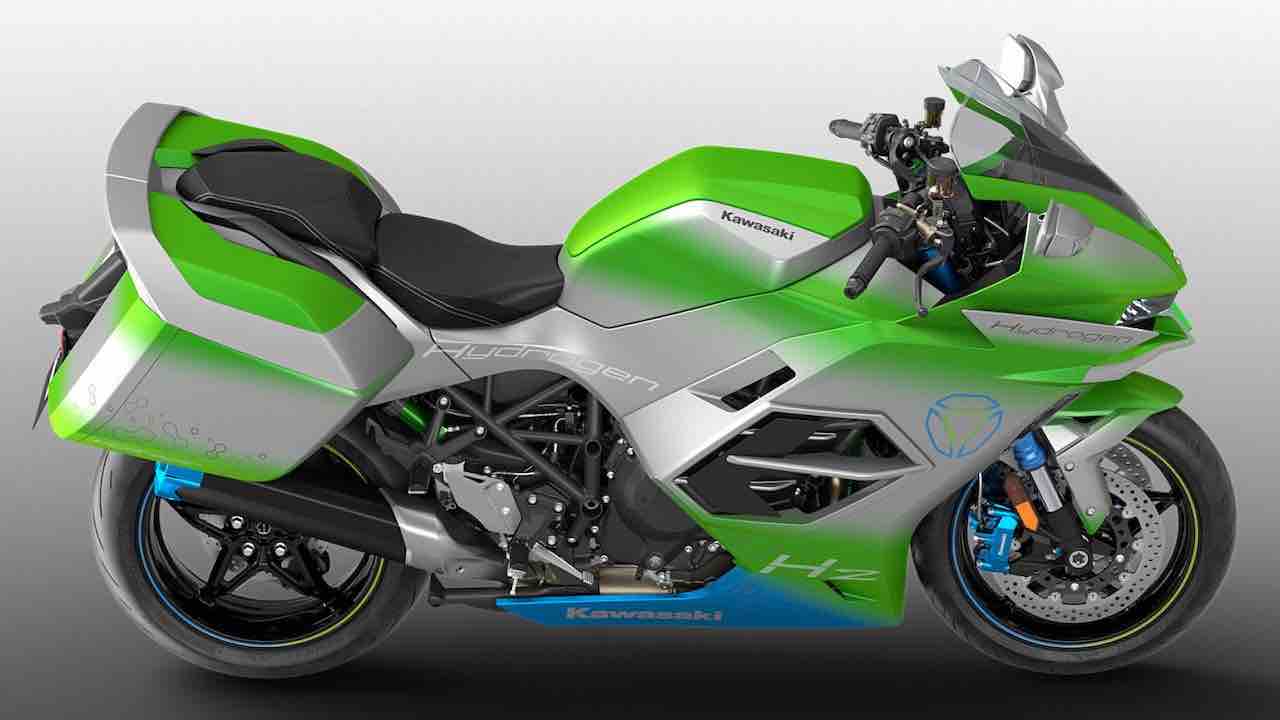





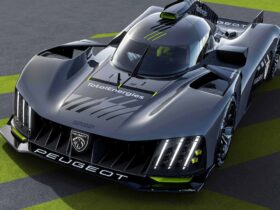
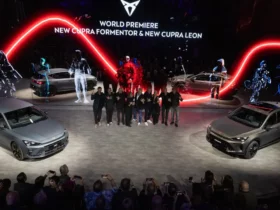


Leave a Reply
View Comments